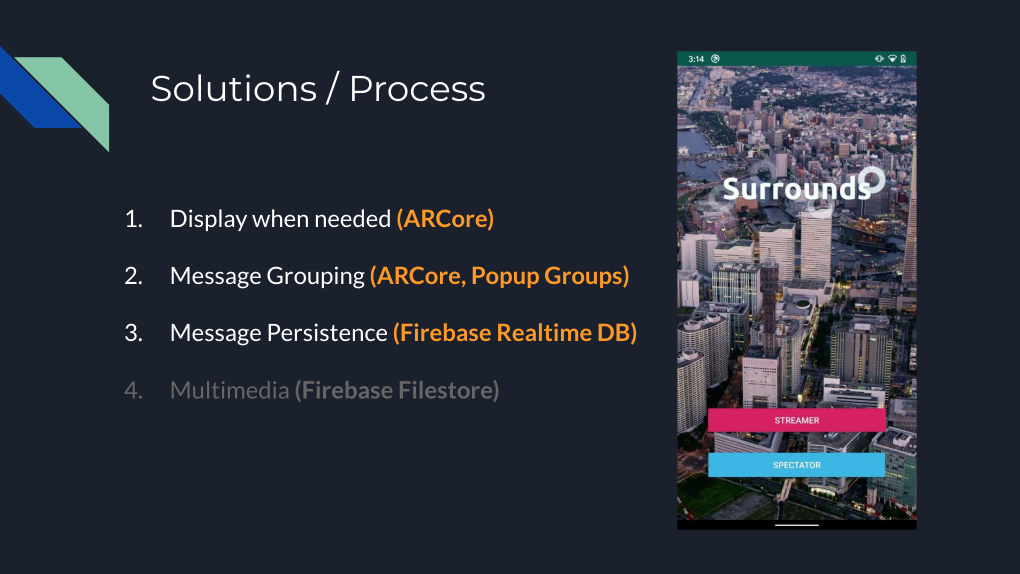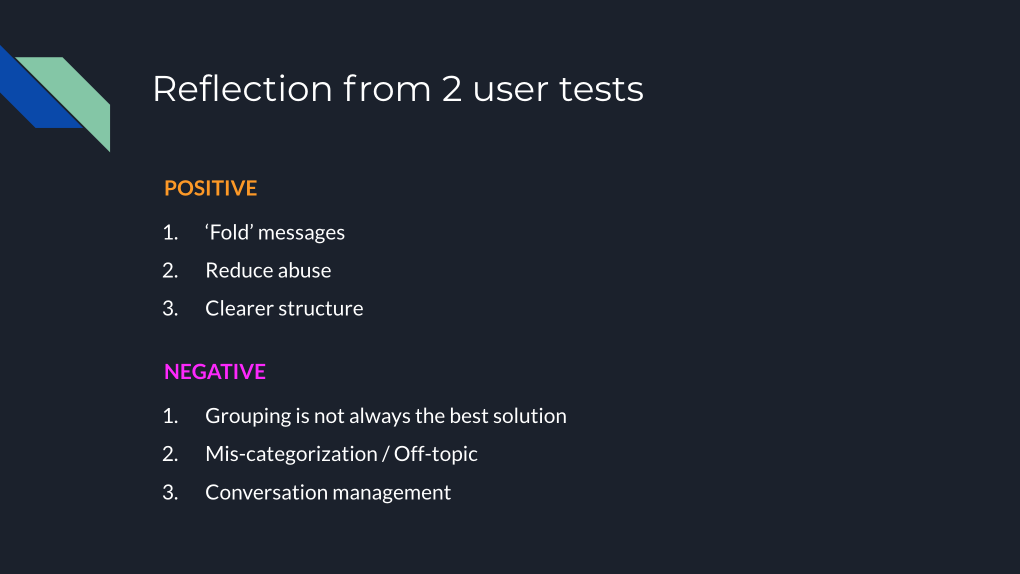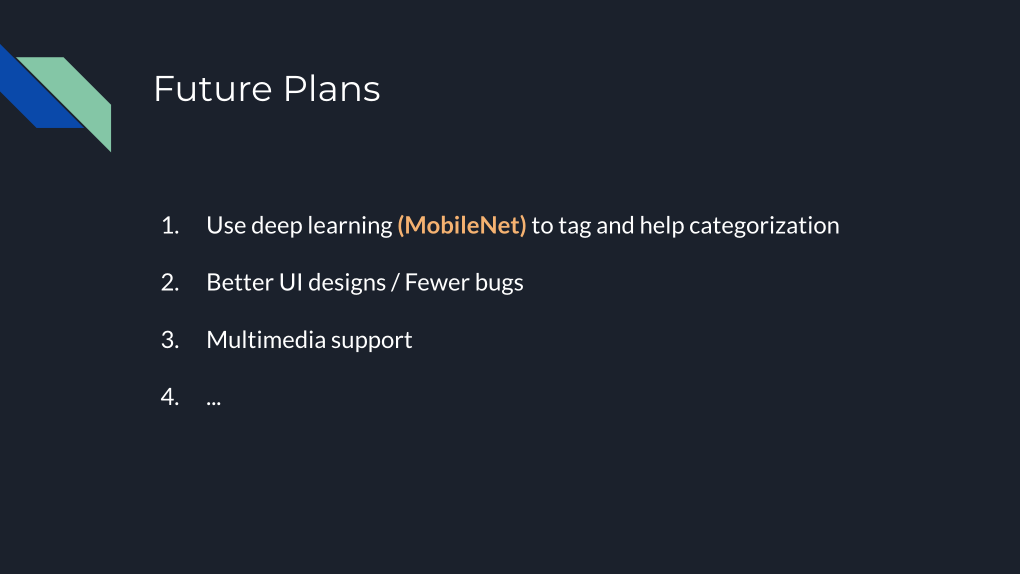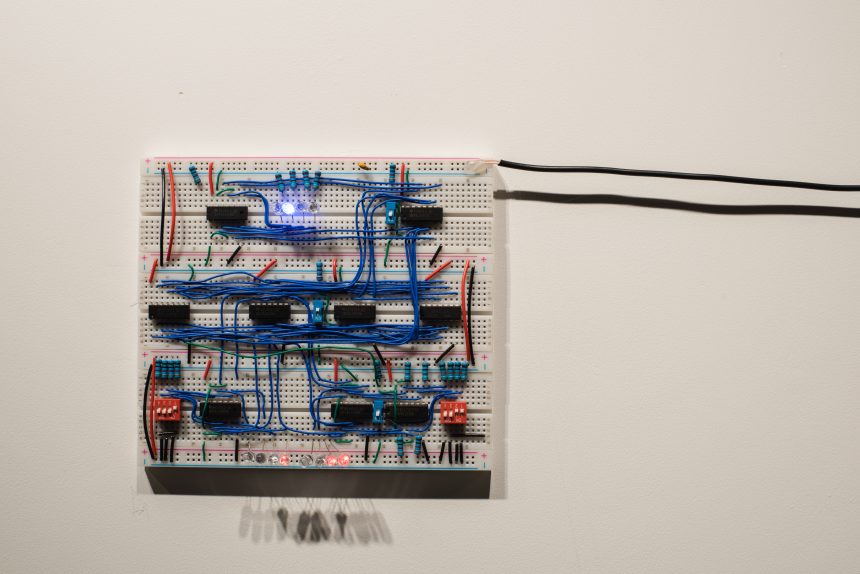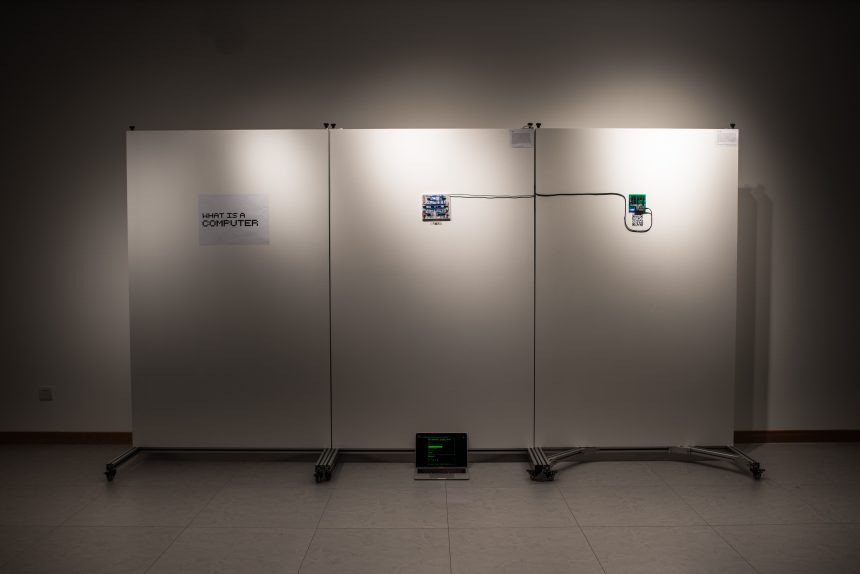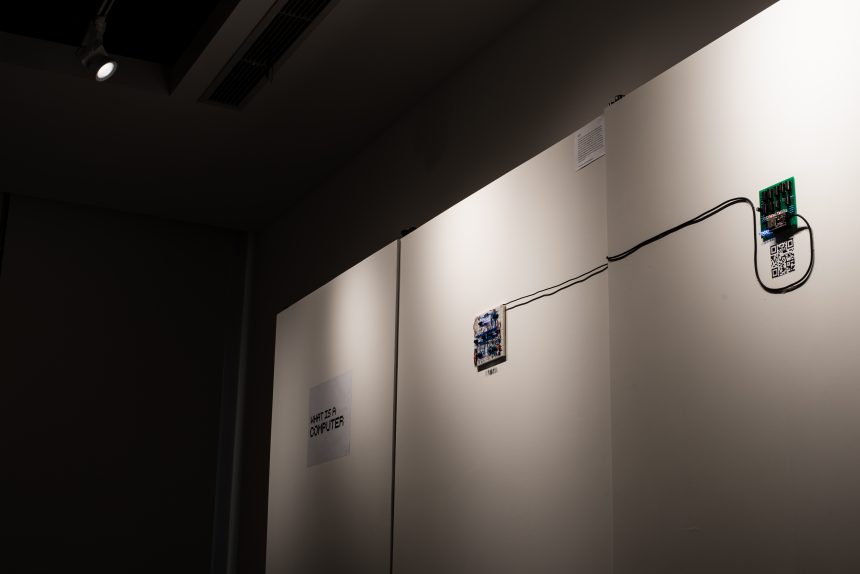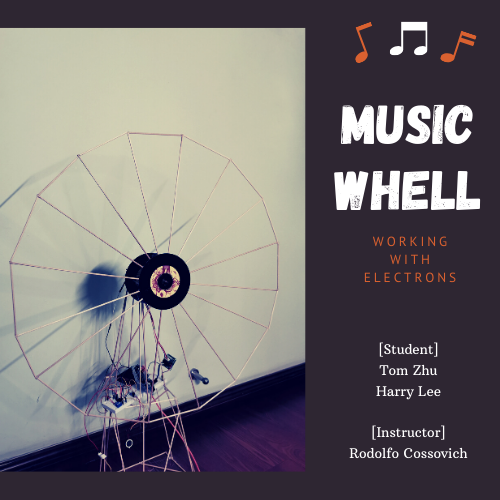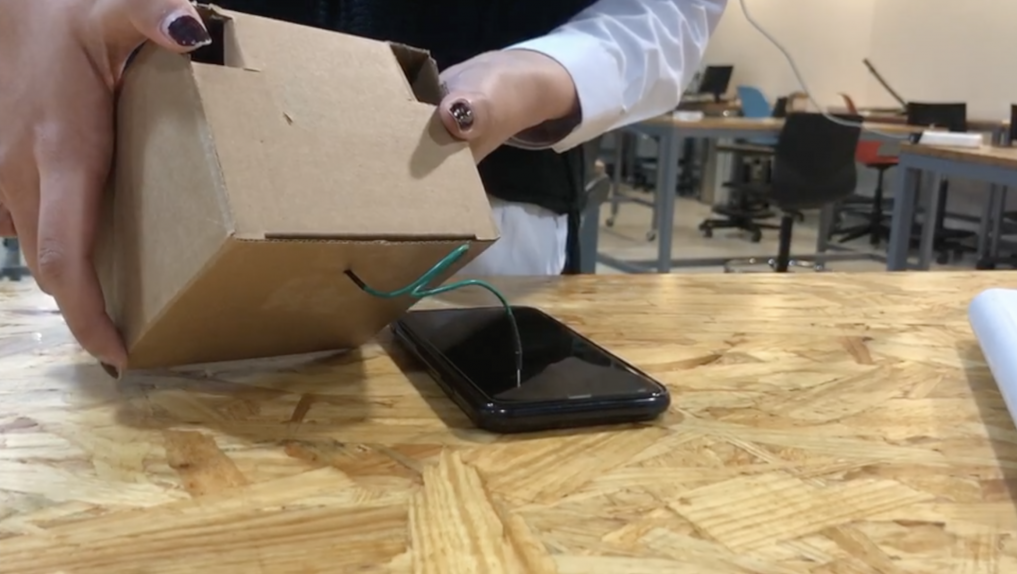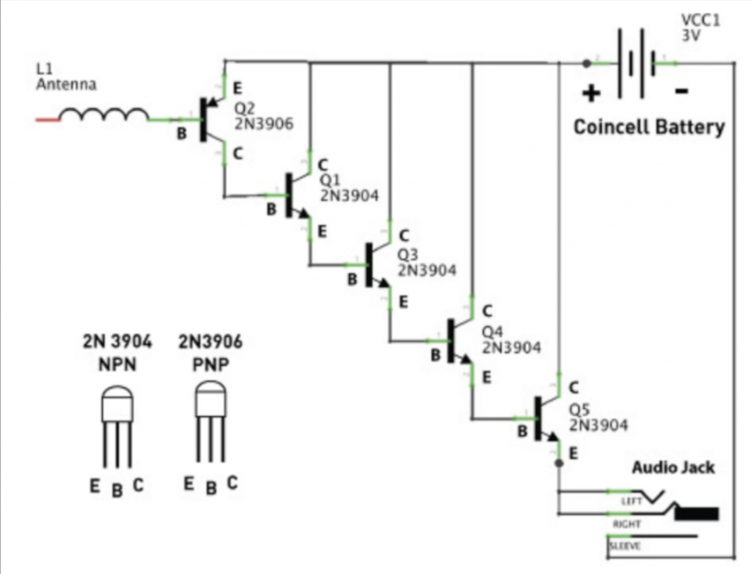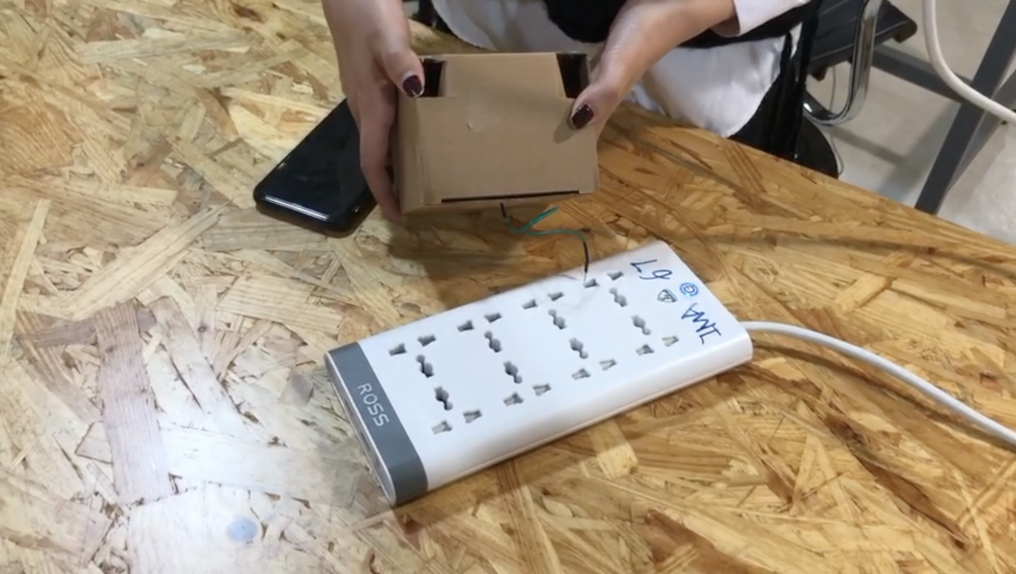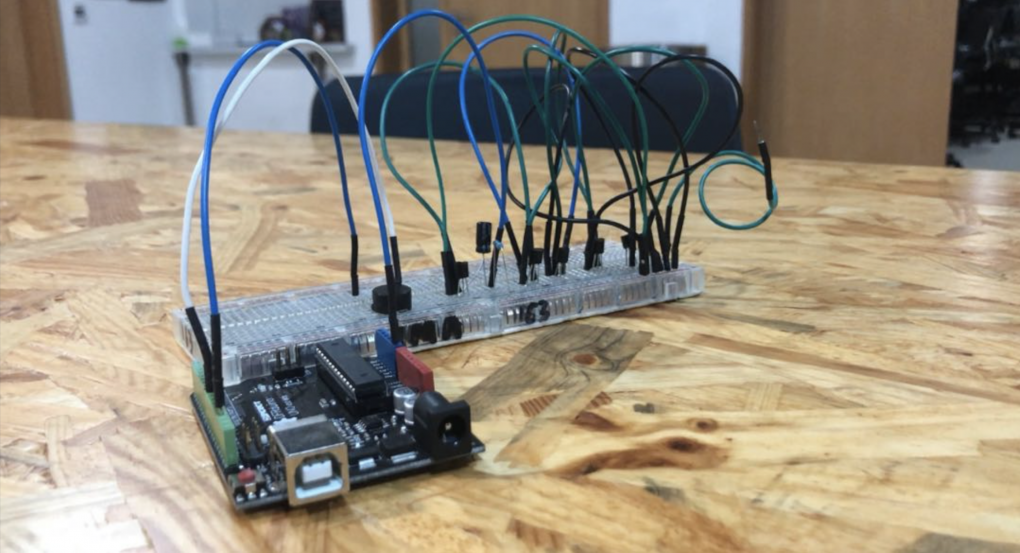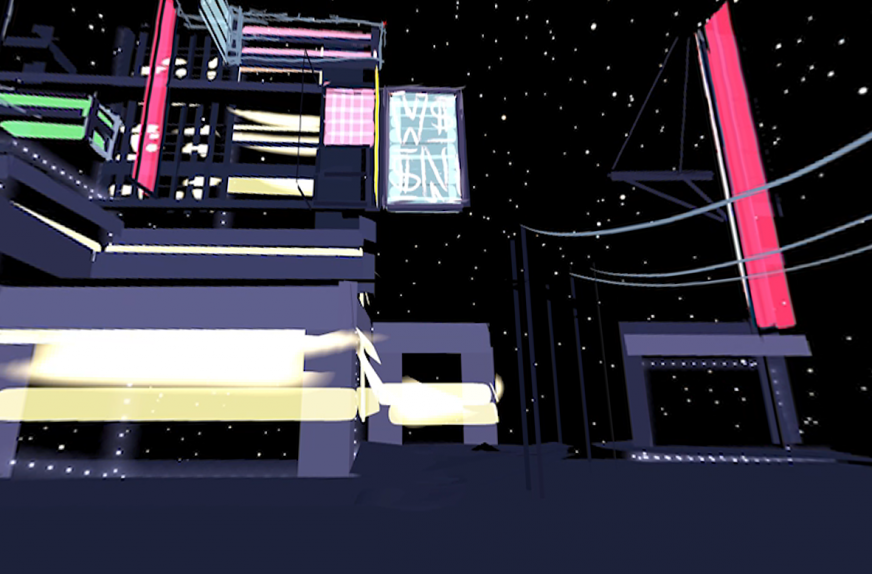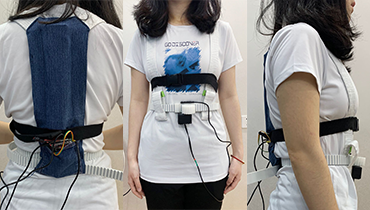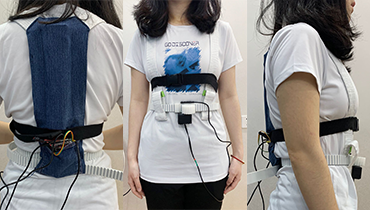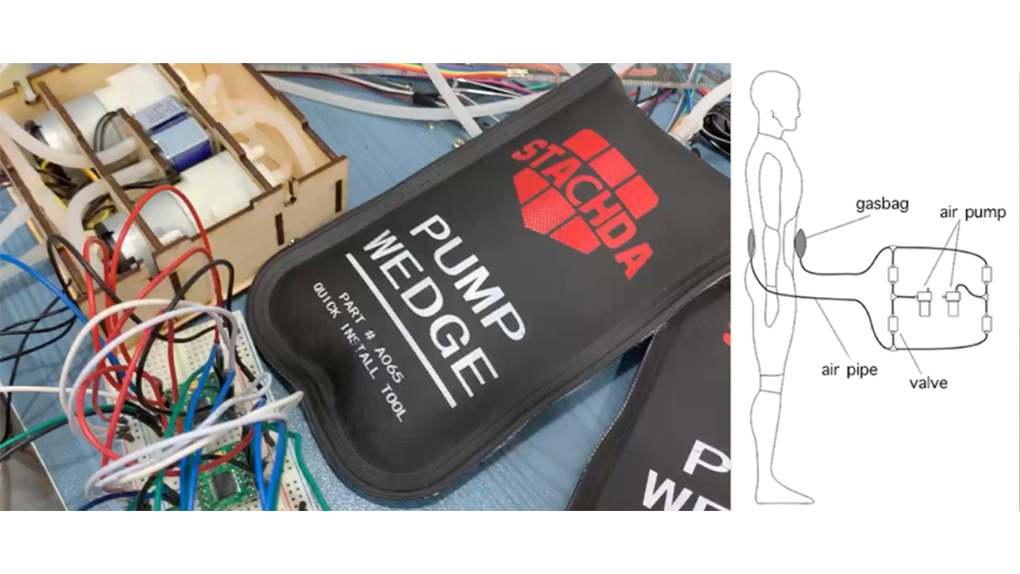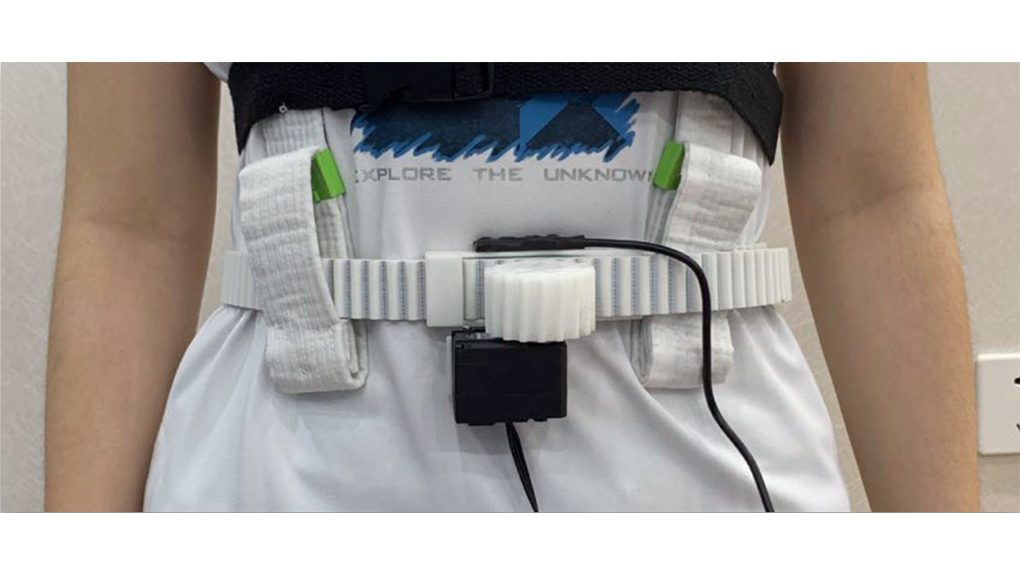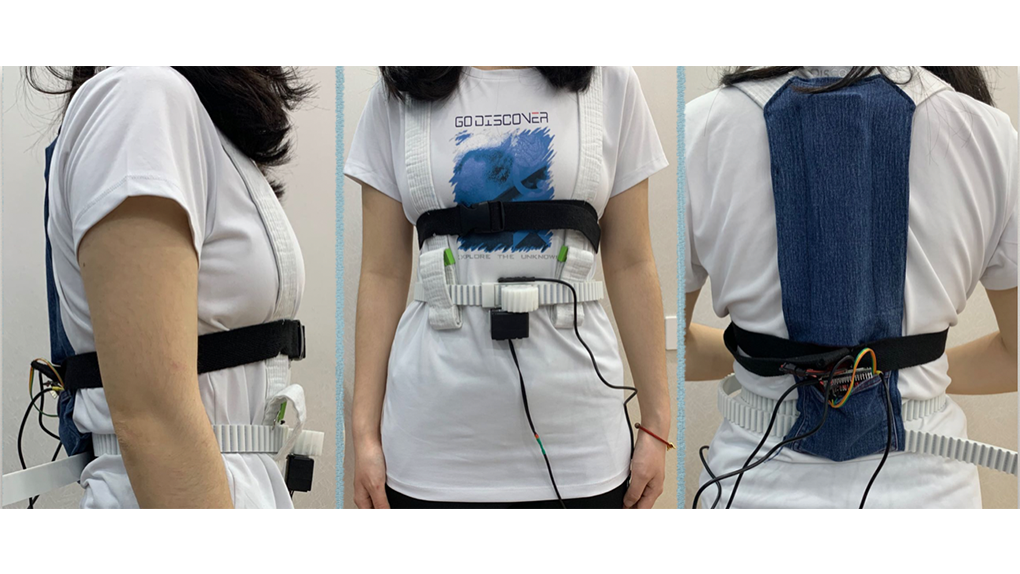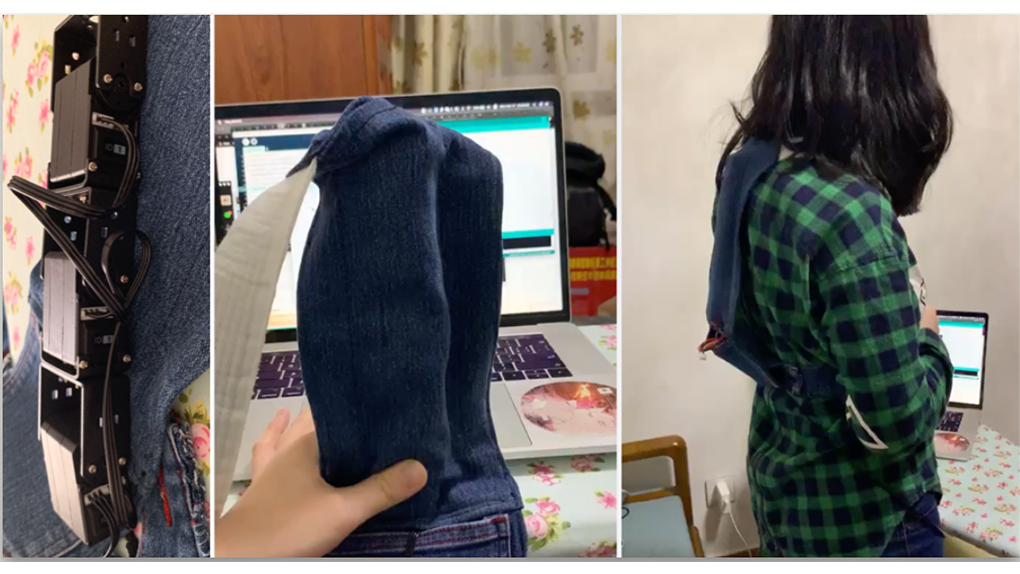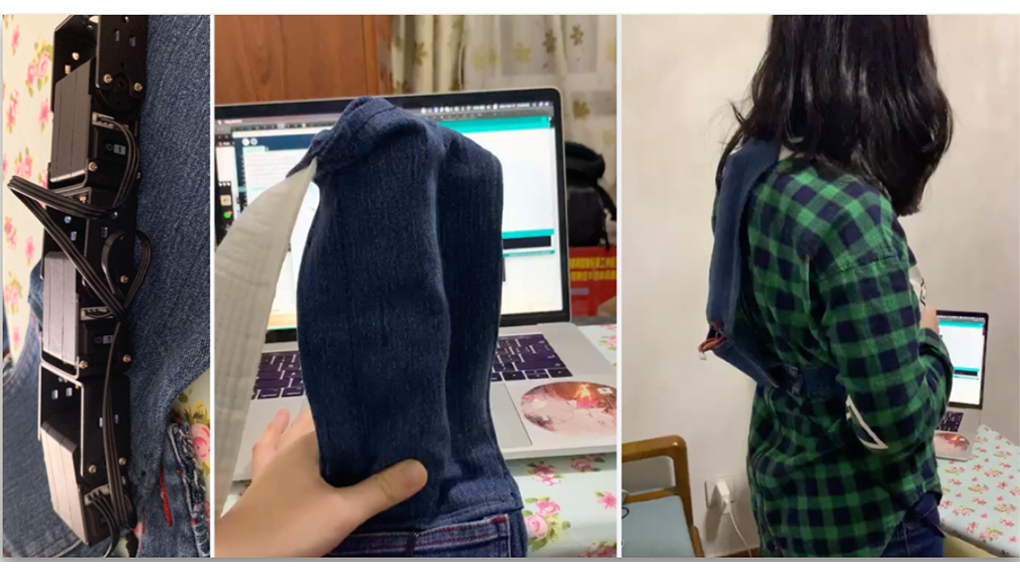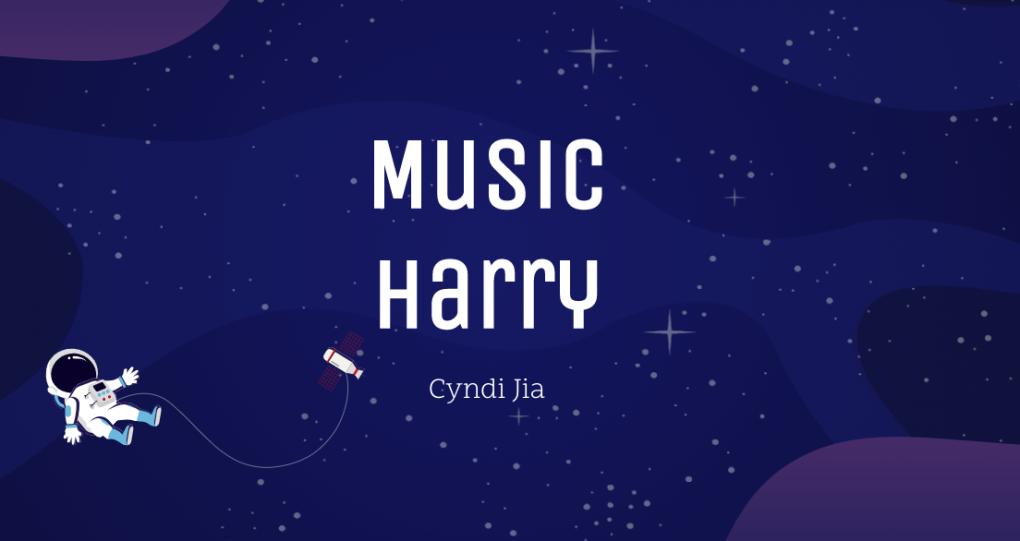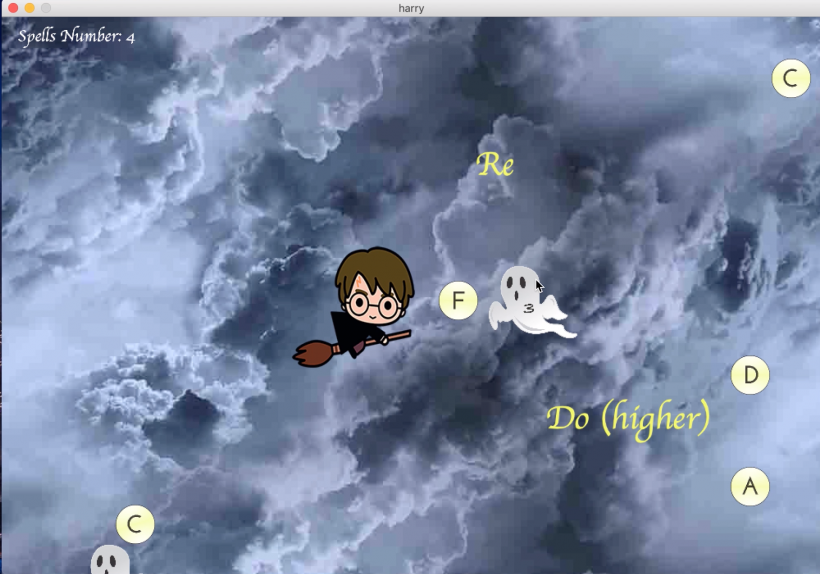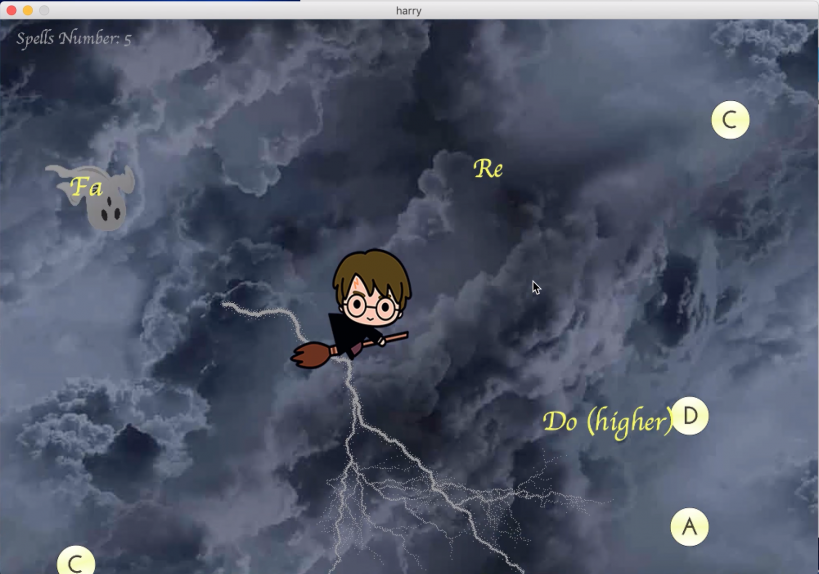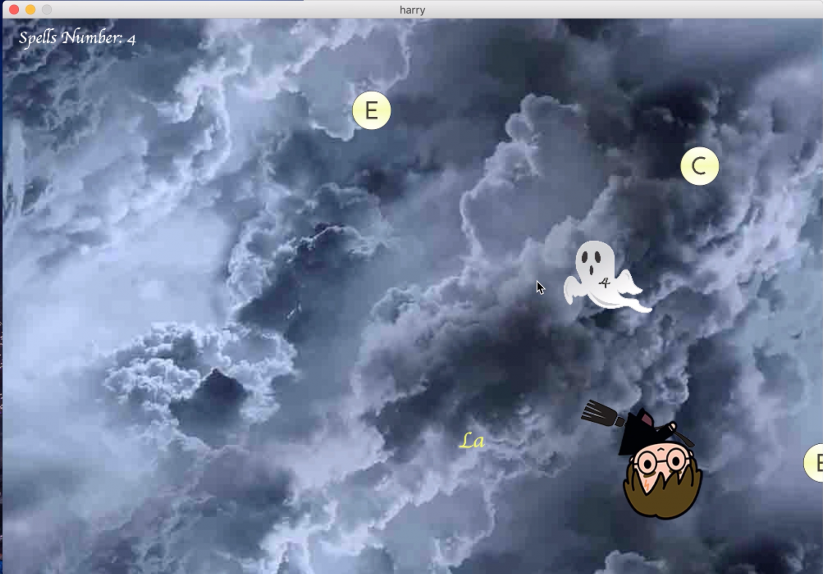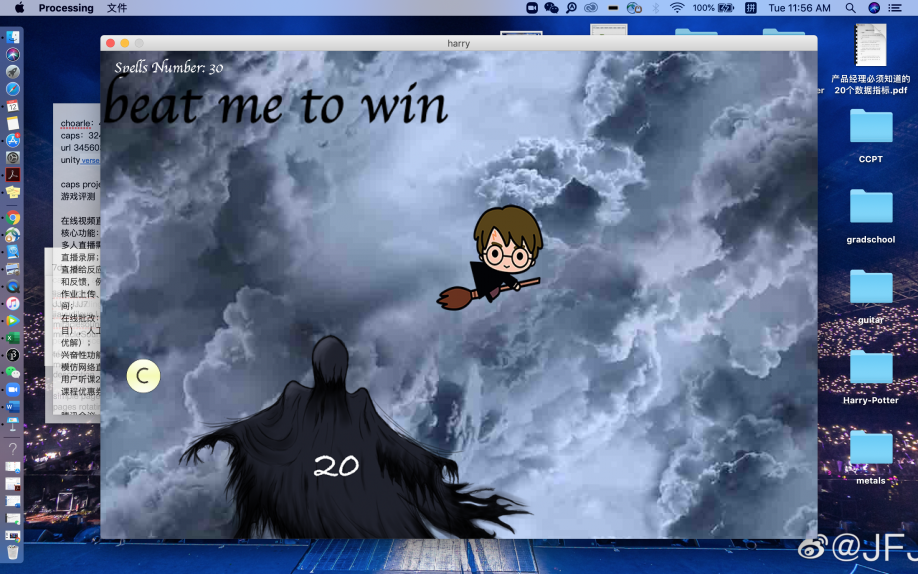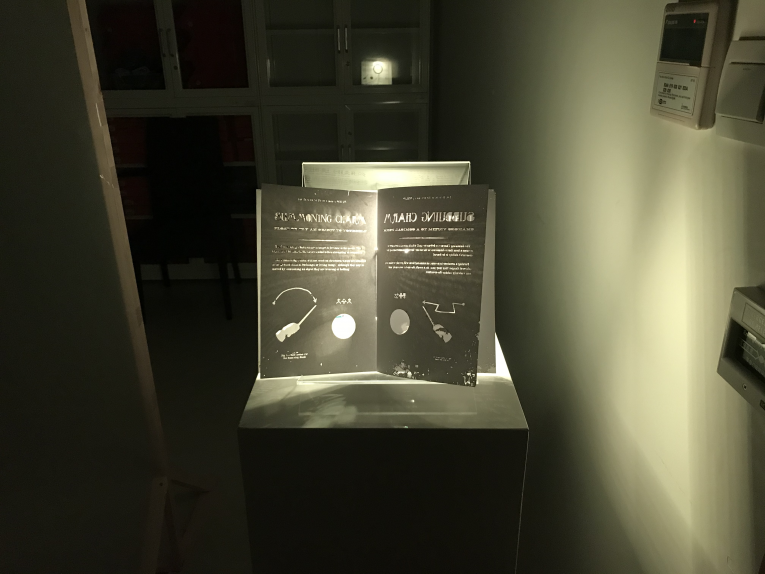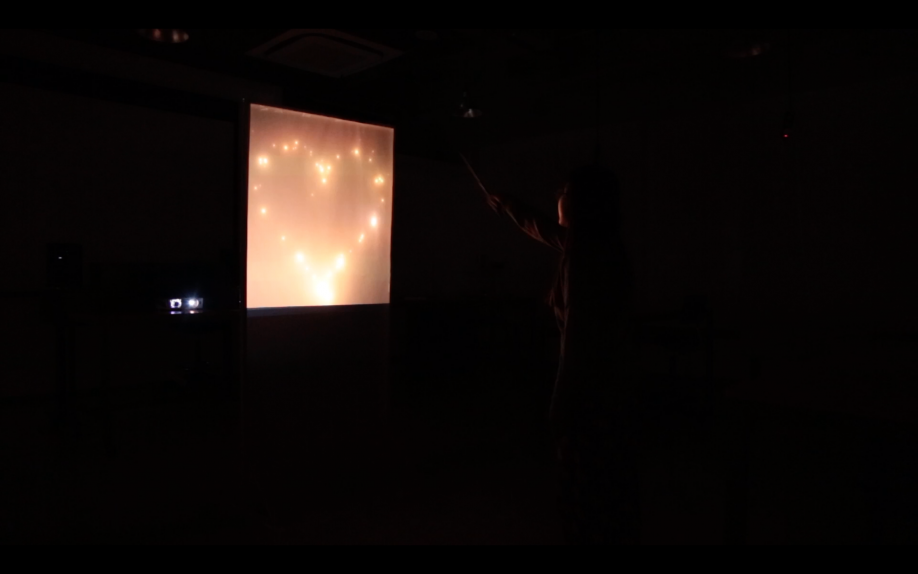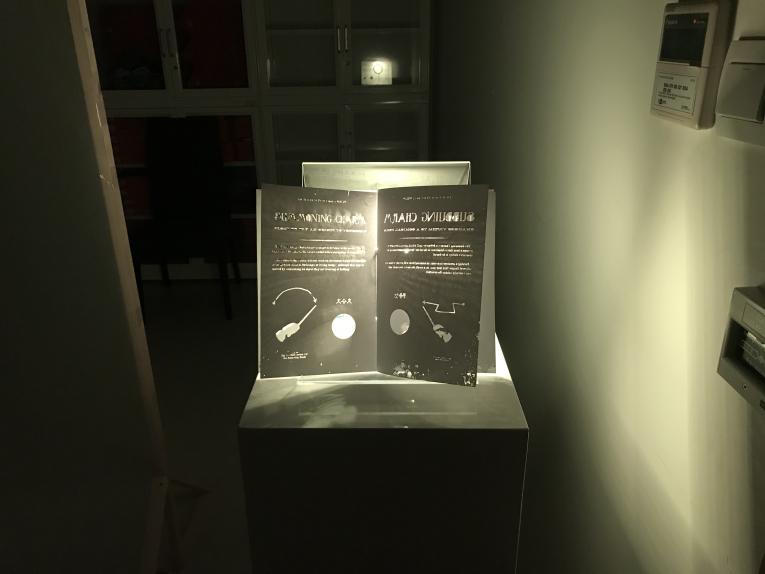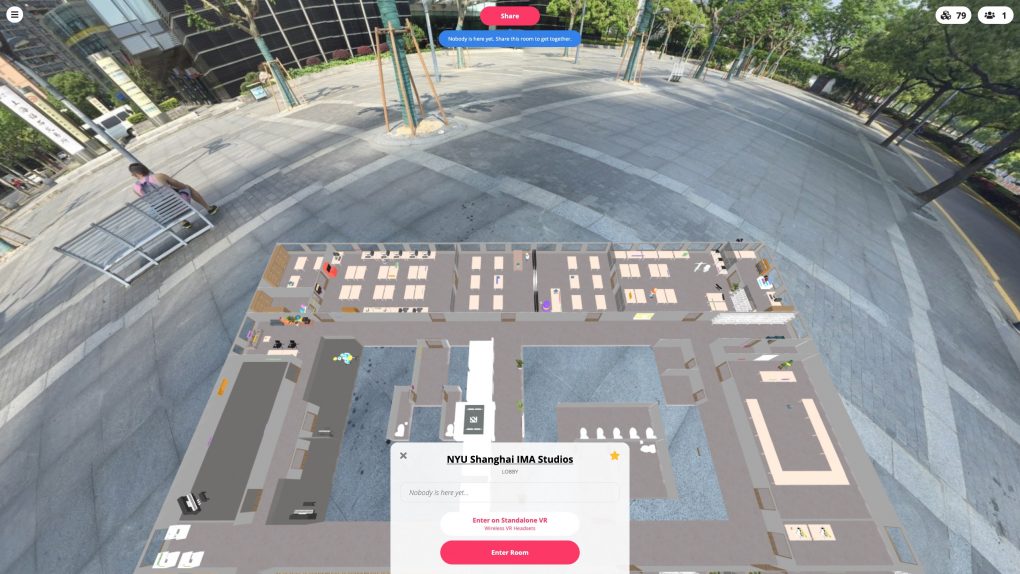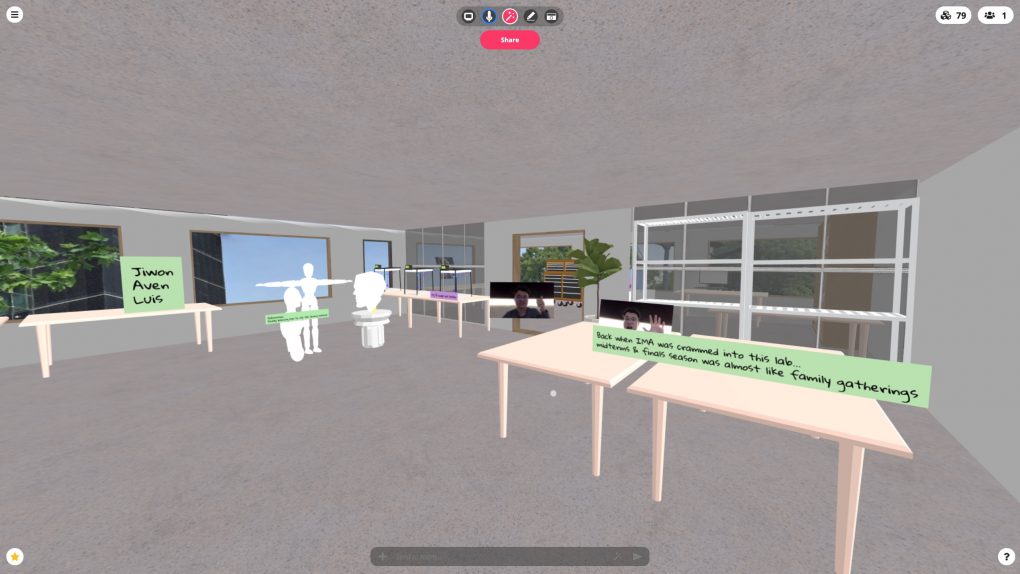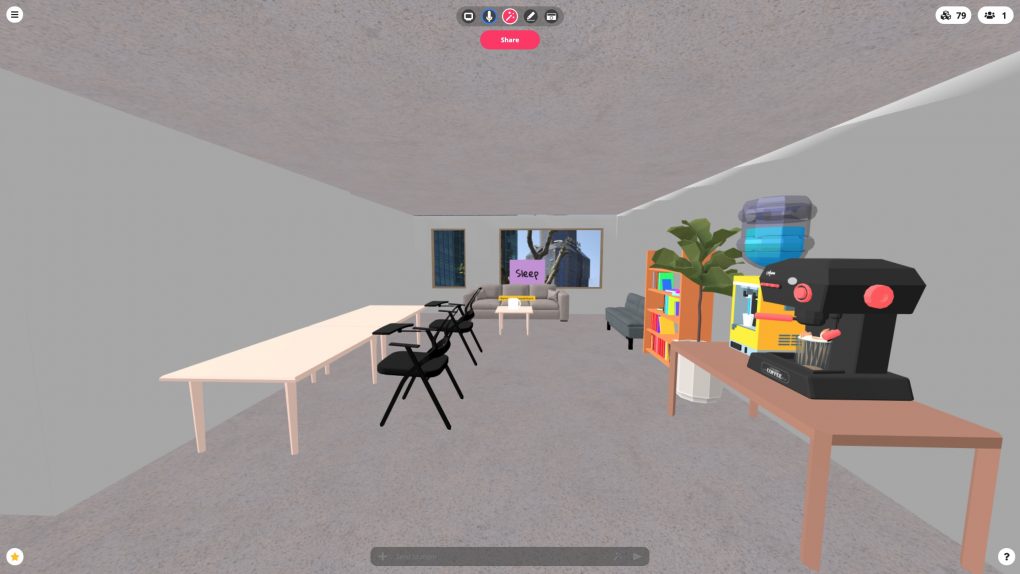An app or a solution that uses AR technology to manage user conversations while doing live streaming.
Jinzhong Yu
Description
Surrounds is an app or a solution that manages chats and conversations while doing live streaming. It adopts AR technology to categorize user comments and binds them to specific items in the streaming to make conversations organized.
Currently, there exist several ways of interaction during live streaming — Virtual Gifts, Comments Systems, or Danmaku Systems. However, all information or chats are totally wrapped up and mixed together. They are vaguely bound only to the streaming itself, rather than the specific topics inside. Survey shows that most users find it annoying when over 25% of the screen is covered by danmaku (a set of scrolling texts floating on the screen), especially when the texts are little related to the topic. So, when the streaming is covering large scale of topics or presenting complicated ideas or scenes, chats are completely garbled and hard to locate.
So, I designed Surrounds, which uses Google ARCore to detect and track objects in the streaming in order to categorize the ungrouped messages into various chatting groups. By using Firebase Realtime Database, the messages can be synchronized along with the streaming data and kept permanent. When the user opens a live streaming session, the application will automatically find objects on the screen and attach a clickable indicator on them. By clicking the indicator, the user will join a public group where all the messages here are specifically related to the object. This design allows users to receive only the intended information they are interested in, and hence reduce the spam of information.
Although the system is not perfectly designed and lots of other issues need to be concerned, it sophistically provides users a structured and clearer view of information during live streaming. It makes the users target the topic they are favor of and hence helps the users refine their inspiration on streaming.



